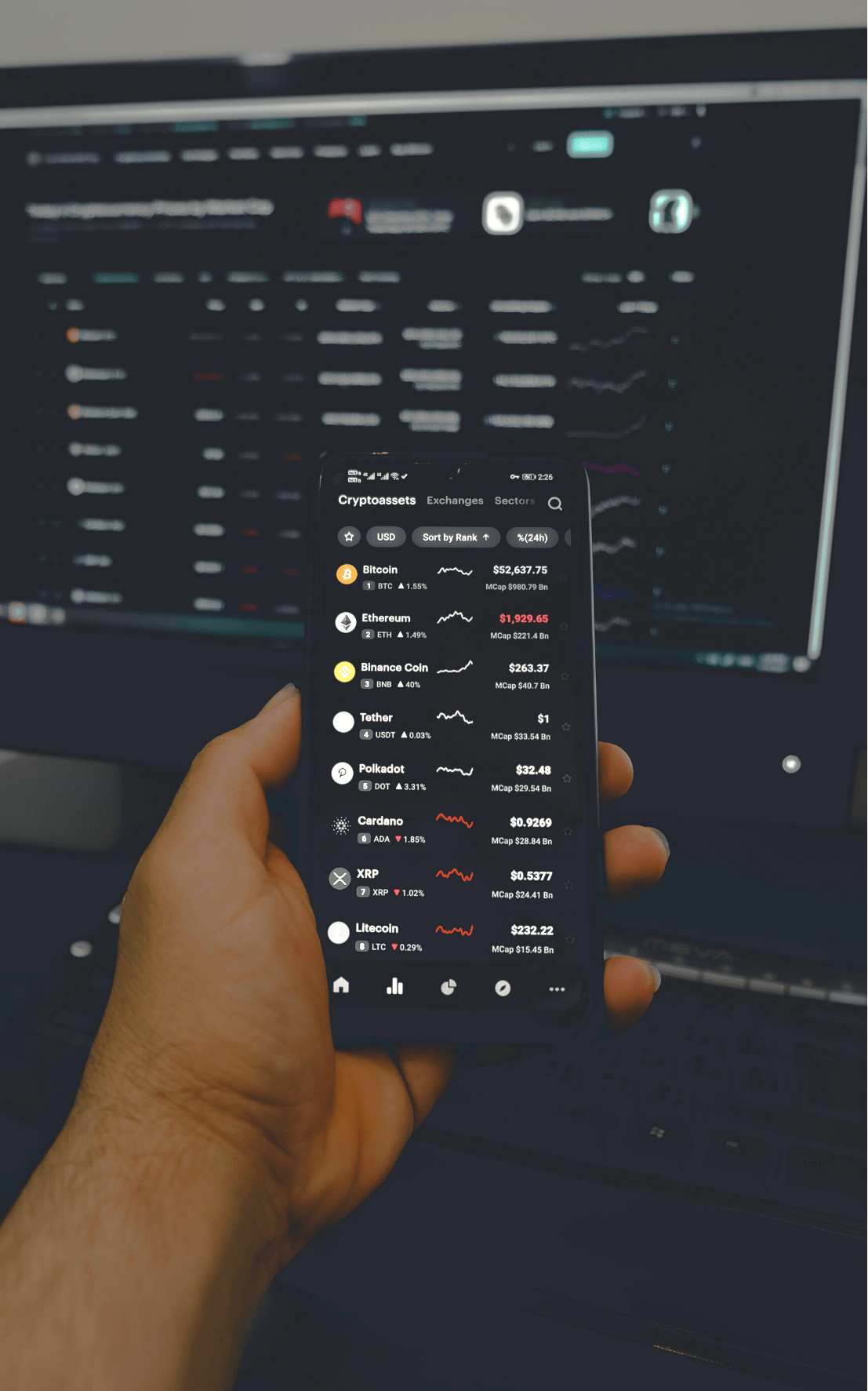
In technology, the concept of a monolith runs the gamut — from application monoliths (single large application with many dependencies); database-driven monoliths (multiple applications or services coupled to the same database, challenging to change); monolithic builds (a continuous integration build for the purpose of getting a new version of any component); monolithic releases (bundled components); and several others.
Organizations can increase their capability by dividing old monolithic systems into manageable chunks according to business requirements for safer, more expedient changes — ergo, backend microservice architecture.
In addition to the issue of poorly planned decoupled systems where the decoupling had not taken into account how the process affects teams (and not merely technology), there also needs to be a focus on how backend microservices impact complex frontends.
A micro-frontend solution is what happens when your newly decoupled backend is now weighed down inconsistently with your business services because of a monolithic frontend (in one app). So, the idea is quite similar to building backend microservices, but it’s about modifying it for client-side development.
A micro frontend mirrors the backend microservice by business domain enabling the frontend to have more concurrent systems for testing, speed and systems in the mind of how the new backend architecture is imagined. The benefits of a newly structured micro frontend may serve your needs.
If you have a team problem: If your teams need to separate for the business services cycle, then they are weighed down by a frontend monolith, which denies them the ability to deploy their unit work separate from the built-in single release.
If you have a scale problem: Micro frontends best serve an organization where the frontend monolith has made it impossible for a team to provide accessible solutions because it’s just grown like a weed that is now cumbersome and confusing.
If you lack flexibility: There are always new systems, tech, apps and processes that could very well influence growth in your organization or product. Micro frontends allow your team to experiment without dragging the entire system down — or, for that matter, deny experimentation because a unified business cycle won’t allow more flexibility.
Opinov8 announces its new recognition as an Amazon RDS Delivery Partner. This accreditation underscores our expertise in managing and optimizing relational databases using Amazon RDS (Relational Database Service). We work with various engines like Amazon Aurora MySQL, Amazon Aurora PostgreSQL, PostgreSQL, MySQL, MariaDB, and SQL Server. This recognition shows our ability to help clients set […]
Opinov8 announces its new recognition as an Amazon RDS Delivery Partner. This accreditation underscores our expertise in managing and optimizing relational databases using Amazon RDS (Relational Database Service). We work with various engines like Amazon Aurora MySQL, Amazon Aurora PostgreSQL, PostgreSQL, MySQL, MariaDB, and SQL Server. This recognition shows our ability to help clients set […]
In 2023, the surge in AI-based services, PWAs, and low-code platforms reshaped the landscape of technological innovation. As these shifts unfold, understanding the role and potential of emerging trends becomes paramount. To start, let's explore the specific topic of low-code platforms in more detail.
In 2023, the surge in AI-based services, PWAs, and low-code platforms reshaped the landscape of technological innovation. As these shifts unfold, understanding the role and potential of emerging trends becomes paramount. To start, let's explore the specific topic of low-code platforms in more detail.